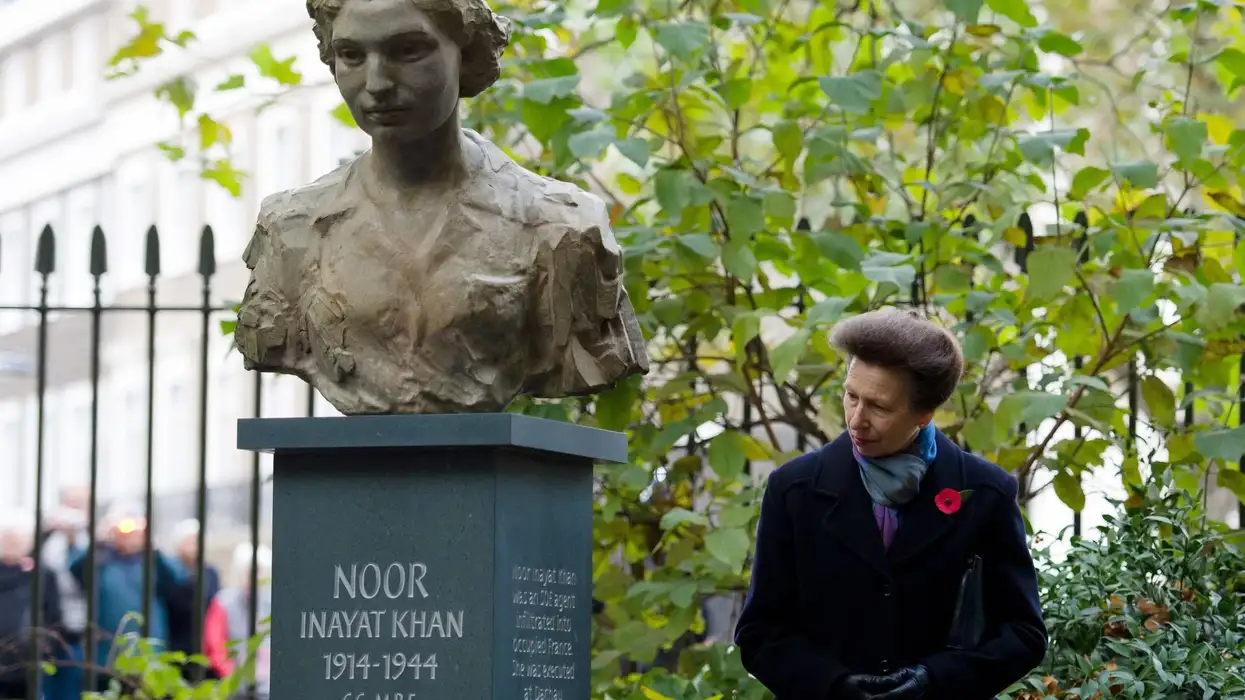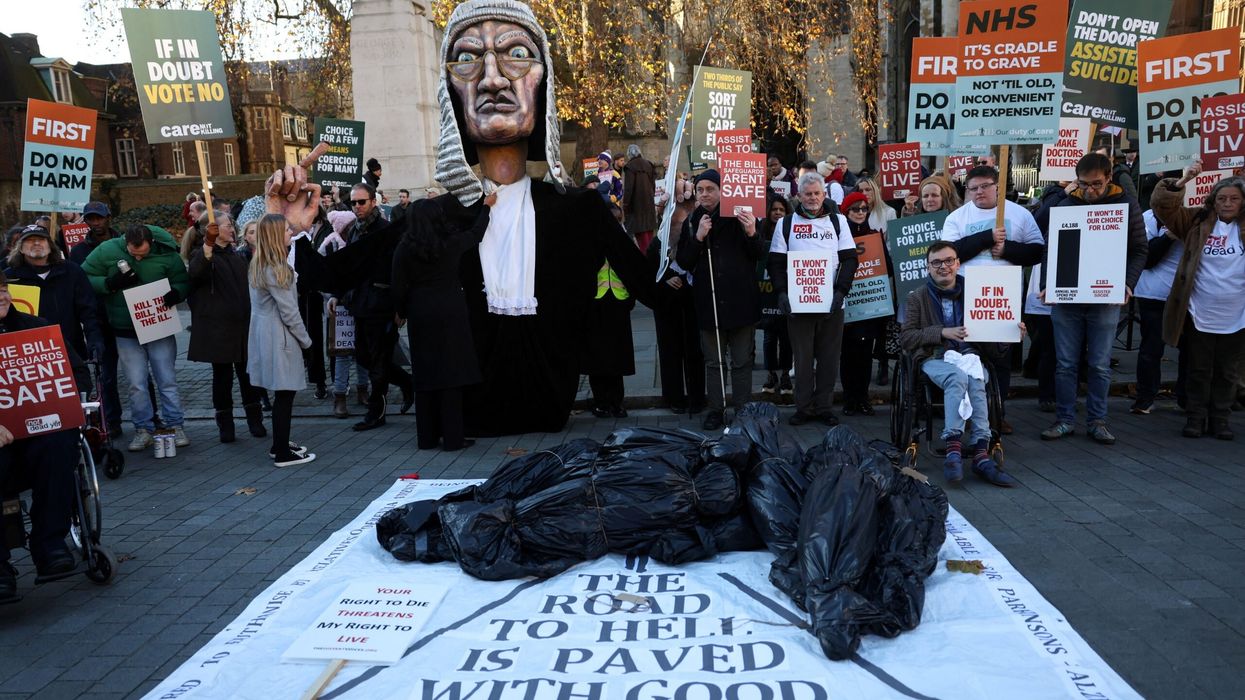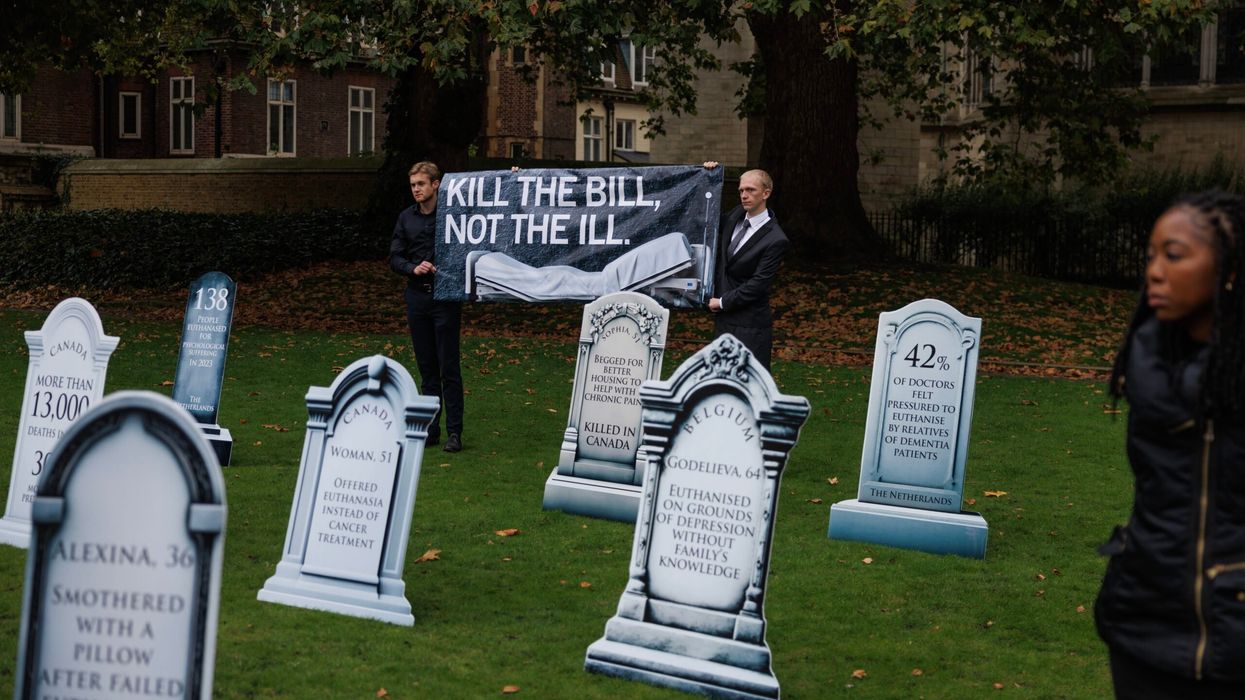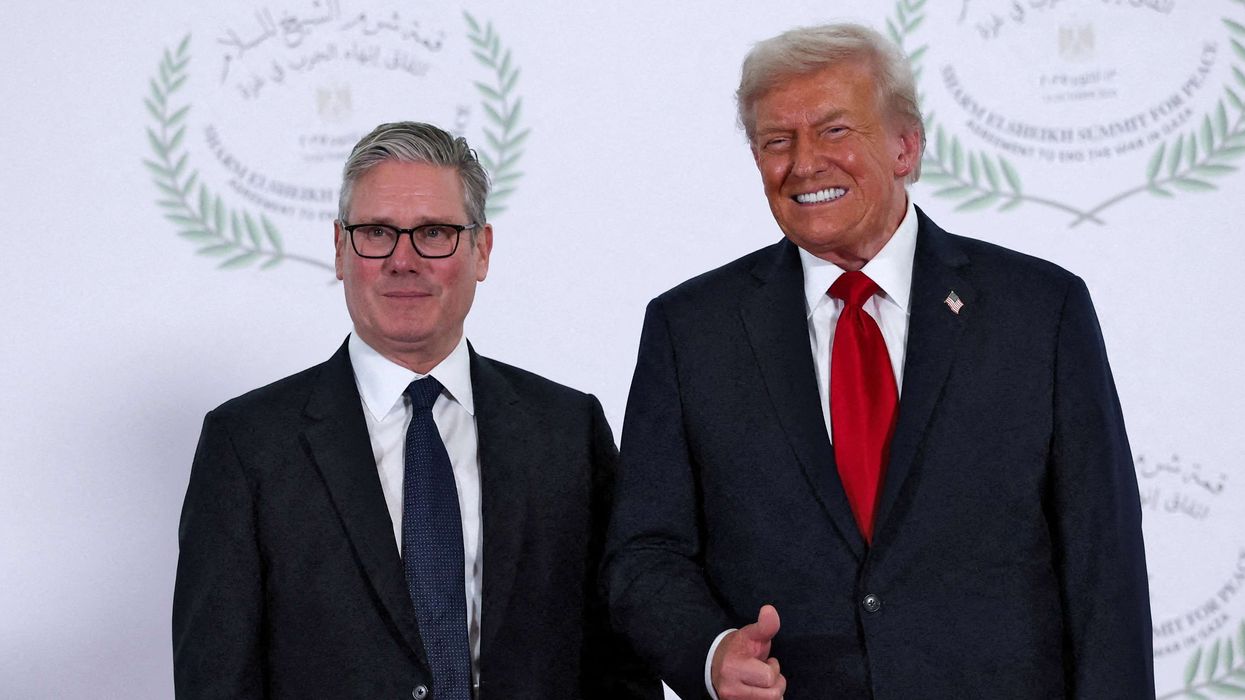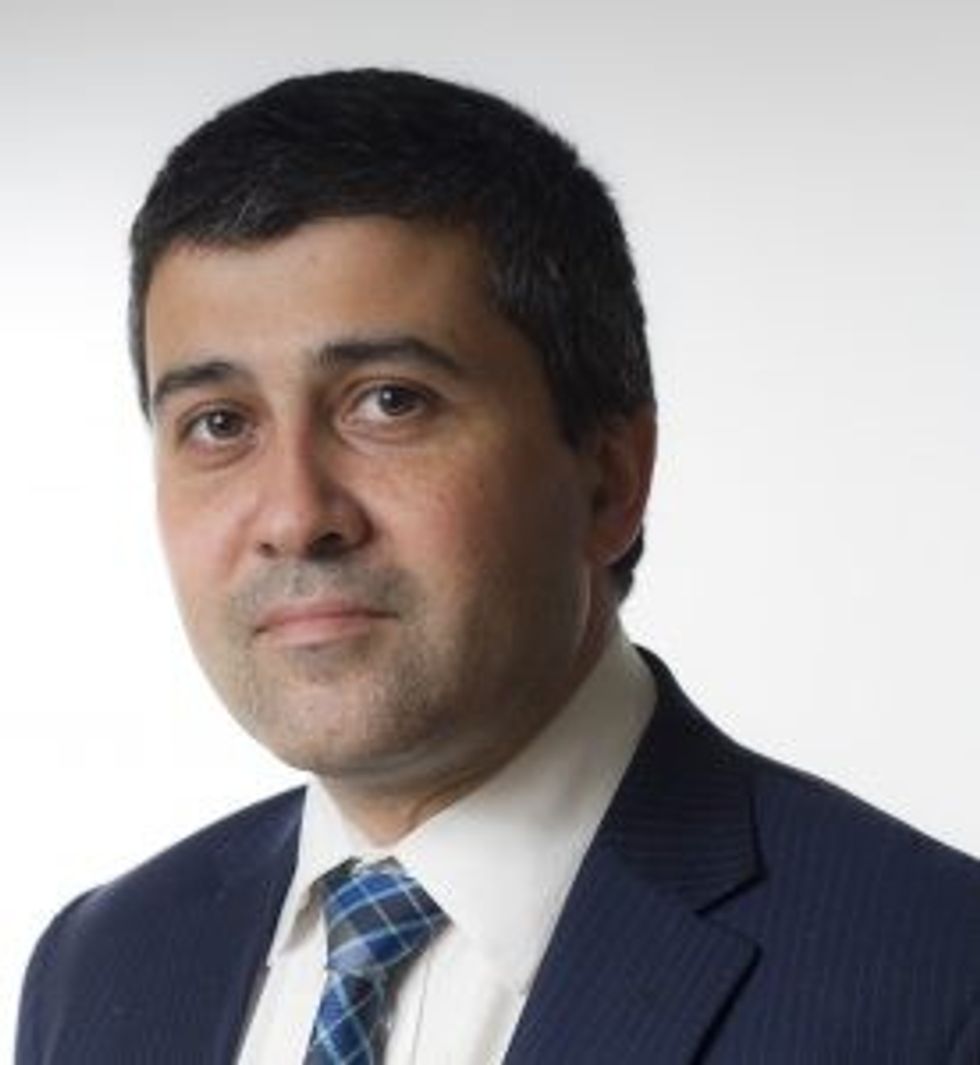THE SOE (Special Operations Executive) was set up in 1940 with the aim of recruiting spies to infiltrate Nazi-occupied Europe. They were also known as ‘Churchill’s Secret Army’.
This column is part one of the story of one such spy, Noor Inayat Khan.
Noor was born in Moscow in 1914. Her mother was from America and her father from India. Her family were descendants of Tipu Sultan, the ruler of Mysore.
She had a degree in psychology, but had many other skills too. She was fluent in French, English and Russian and was also a published children’s writer and poet.
At the start of the Second World War, her family left France for England, where she became a member of the WAAF (Women’s Auxiliary Airforce).
She was also trained as a wireless operator and attended bomber training school. Noor successfully completed an intense training course in specialised and highly technical radio signalling. Course leaders noted that she was an exceptionally efficient, fast and accurate wireless operator.
Noor was asked by the War Office to attend an interview, where she was told that wireless operators, with fluent French, were needed in occupied France. She began her training as a SOE agent and was sent to Hampshire to undergo a practice mission and mock interrogation.
She was then selected to go on active service in Nazi-occupied France before her training was properly completed. She was the first woman to be sent as a wireless operator. The operator’s job was to maintain a link between the circuit in the field and London, sending and receiving messages about planned sabotage operations, for example. In 1943, their life expectancy was six weeks.
In June 1934, Noor was flown into France on a secret flight in an RAF aircraft. She travelled to Paris and became a member of the Prosper resistance network. Her code name was ‘Madeleine’. In July 1943, her network was betrayed by a double agent.
Find out what happened to Noor in October’s History Corridor column.
